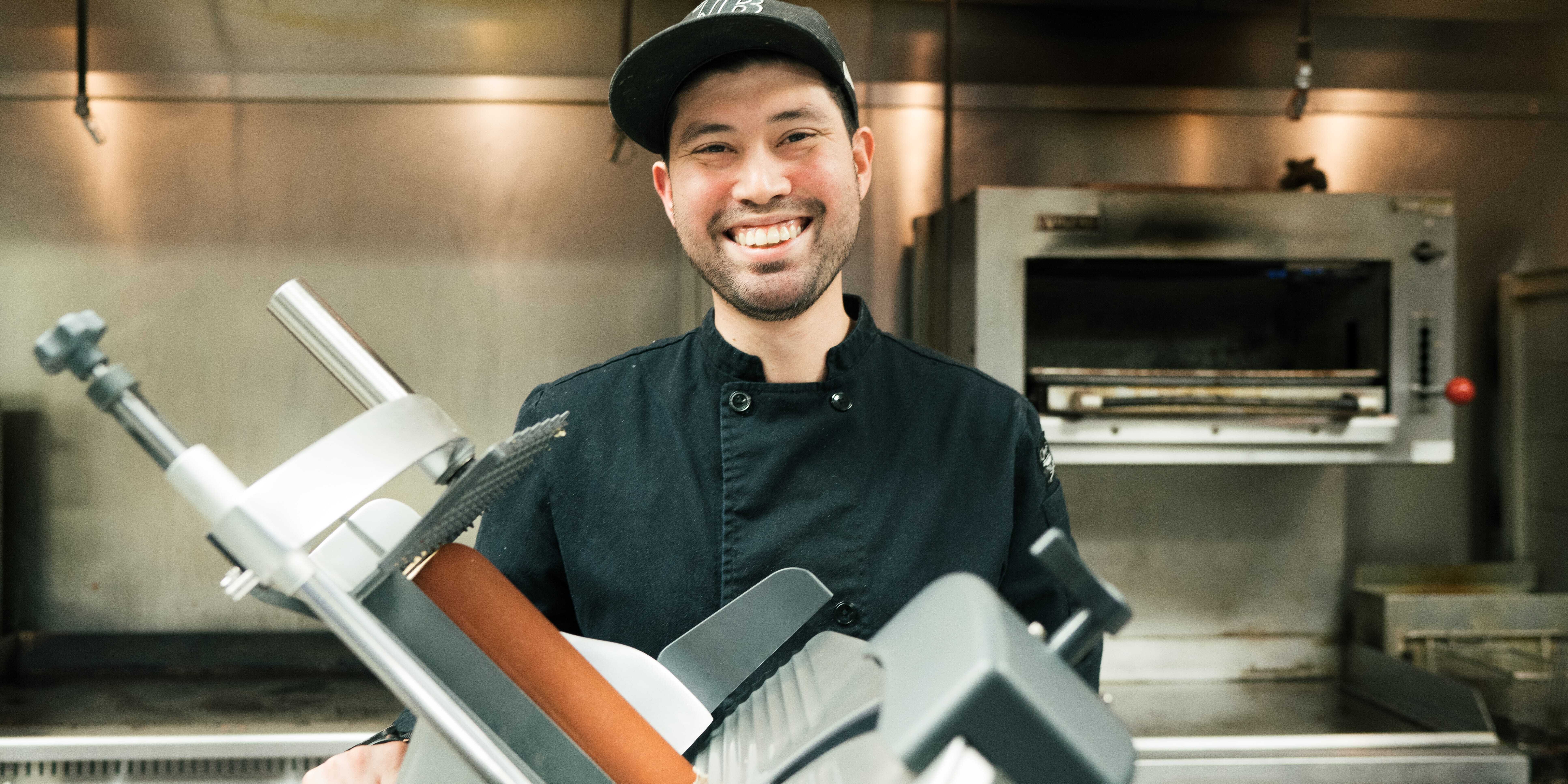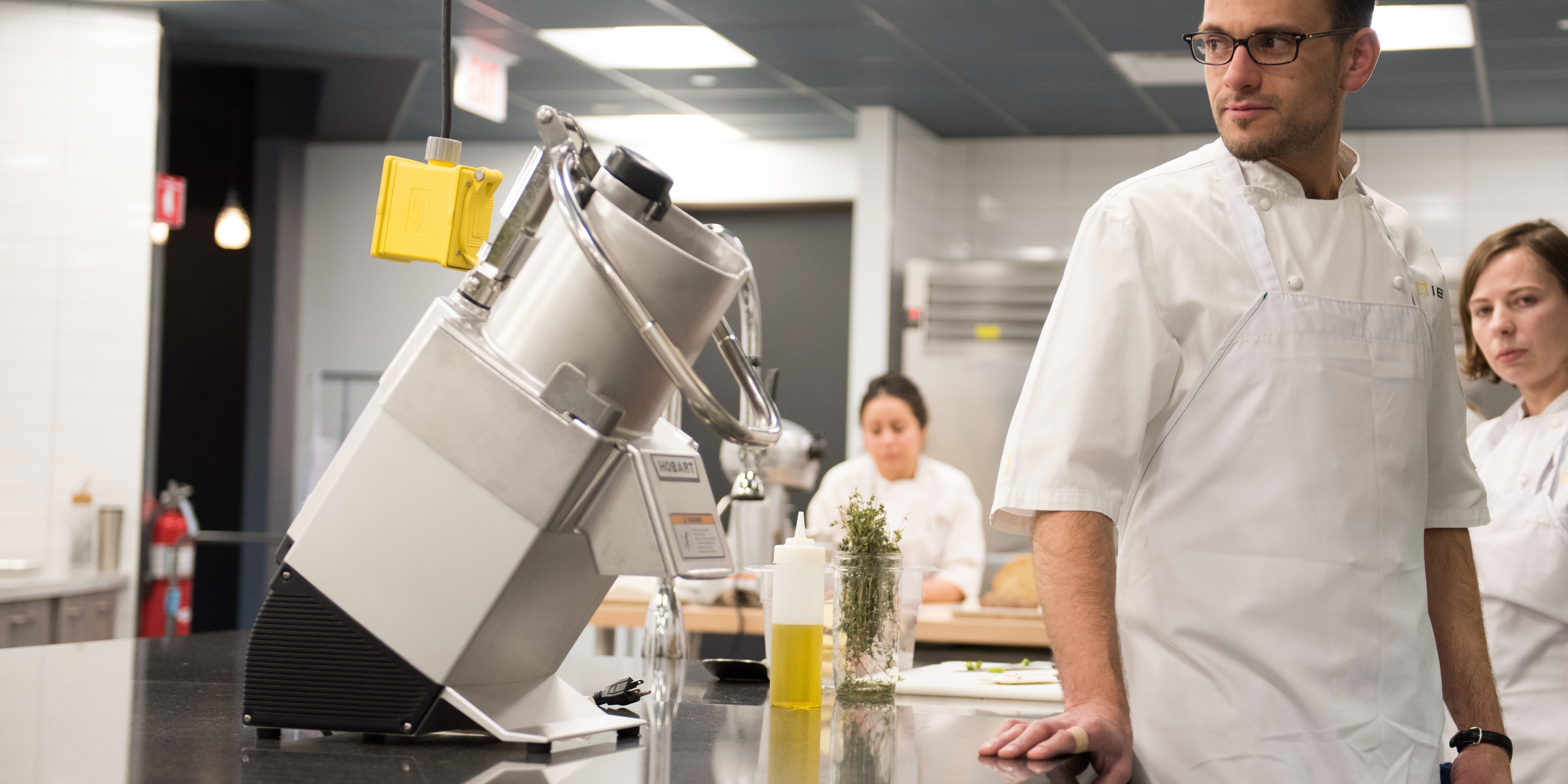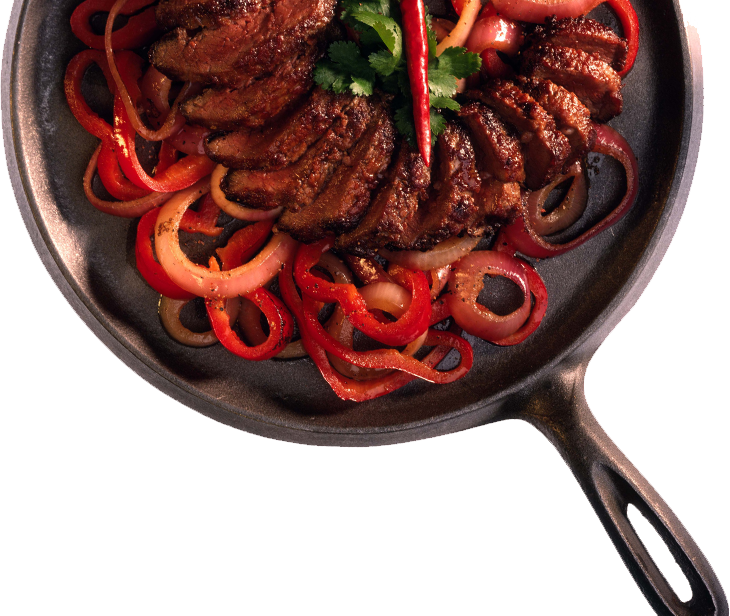Commercial kitchens come in all sizes, but it’s not uncommon for independent restaurants to have smaller ones. According to Webstaurant, commercial kitchens range from 500 to 2,000 square feet with anything less than 500 square feet considered small. That space comes with certain advantages and disadvantages.
On the one hand, everything is readily at the staff’s fingertips and there is less area to clean. However, the lack of space can affect how often orders need to be placed for ingredients, as well as the type of equipment that can fit. A smaller kitchen can also affect how quickly customers get their meal. With less space, fewer menu items can be prepared at one time. Space may also affect the number of menu options a restaurant can offer since there is likely less equipment.
Fortunately, there are ways to set up an efficient small restaurant kitchen layout. It simply takes some creativity and planning. First, chefs and owners should outline a variety of layouts to decide what makes the most sense for their operation. With a small space, consider an assembly line to make things more efficient. Minimizing movement will be key to making sure staff don’t bump into each other. It is also important to choose food prep equipment that meets the restaurant’s needs and fits in the space.
Small commercial kitchen equipment
When chefs and owners are deciding how to organize a small commercial kitchen, they should consider two key questions.
- Will the equipment fit into the space? Obviously, the equipment needs to be able to fit into the available space, but it’s also helpful to think of ways to adjust recipes to make a piece of equipment work. For example, a small kitchen may not have room for a 60-quart floor mixer, but there is space for a 20-quart countertop mixer. The smaller mixer may require staff to make more batches a day; however, it may be worthwhile, especially if the mixer can be used for multiple recipes. Smaller slicers are also available to help make the most of counter space.
- Can the equipment be used for various purposes? Equipment that is multi-purpose can be a game changer for small kitchens. Some examples are food processors and mixers. Food processors can be used for a variety of prep applications such as slicing, shredding, dicing and more. This capability can minimize prep time. Mixers can, of course, mix — bread dough, pizza dough, cookie dough, mashed potatoes and whipped cream. In addition to mixing, operators can also take advantage of an attachment hub for prepping vegetables.
If a chef can only use a piece of equipment for one or two things and it is taking up space, is it worth it? Instead, use another piece of equipment in your kitchen for that application. For example, instead of buying a meat chopper for burgers, consider buying a meat chopper attachment for the kitchen’s mixer. This maximizes the use of the equipment, while saving space and helping diversify the menu.
Hobart solutions
For a small commercial kitchen layout, consider small footprint equipment that can still get the job done. Centerline™ by Hobart equipment can meet the needs for a small commercial kitchen layout while taking up a limited amount of space.
For mixing needs, consider the Centerline HMM10 (10-quart mixer) or HMM20 (20-quart mixer). Both mixers offer quality and reliability at an affordable price and are ideal for kitchens requiring shorter mixing periods or with limited space. Both mixers offer a #12 attachment hub and can be used with Hobart’s meat chopper and VS9 attachments.
Centerline EDGE manual slicers come in a variety of sizes to meet the needs of independent restaurant kitchens, with knife sizes ranging from 10 to 14 inches. There is also an automatic model, the EDGE13A, that features a 13-inch knife. Chefs can use their EDGE slicers to cut meat, cheese and vegetables for varying periods of time, depending on the model — from less than two hours up to four hours daily.
Hobart also offers countertop continuous feed processors in varied sizes with different outputs to save on floor space. The smallest (FP100) can process 11 pounds of food per minute, while the largest (FP350) processes 26 pounds per minute. Chefs and their staff can slice, dice, shred, grate, julienne and more. Bowl-style food processors can also process a variety of food including dressings, sauces, cheeses, and mincing onion or carrots. A smaller model like the FP41 can process from 1-¼ quart of tomato sauce to 1 pound of bread crumb and 3 pounds of aromatic butter. Smaller food cutters are great for turning yesterday’s leftovers into today’s special. They can be used for menu items such as chicken salad, guacamole, or spreads or for rough chopping cheese, vegetables, and breadcrumbs.
Other considerations
When looking at how to set up a small commercial kitchen, it is easy to forget about vertical space. Consider storing small kitchen wares and food processor cutting tools on a wall rack. This storage reduces clutter and prevents cutting tools from getting broken. And remember, just because a restaurant has a small kitchen, doesn’t mean chefs can’t have a big impact on the food they create. With the right equipment and the right layout, an independent restaurant is on its way to being successful.
About the Author
 Megan Gray is the product line manager for Hobart – Food Preparation Products. She has been with Hobart since 2017 and specializes in Hobart mixers, specialty and food processing equipment. See all her blogs here.
Megan Gray is the product line manager for Hobart – Food Preparation Products. She has been with Hobart since 2017 and specializes in Hobart mixers, specialty and food processing equipment. See all her blogs here.


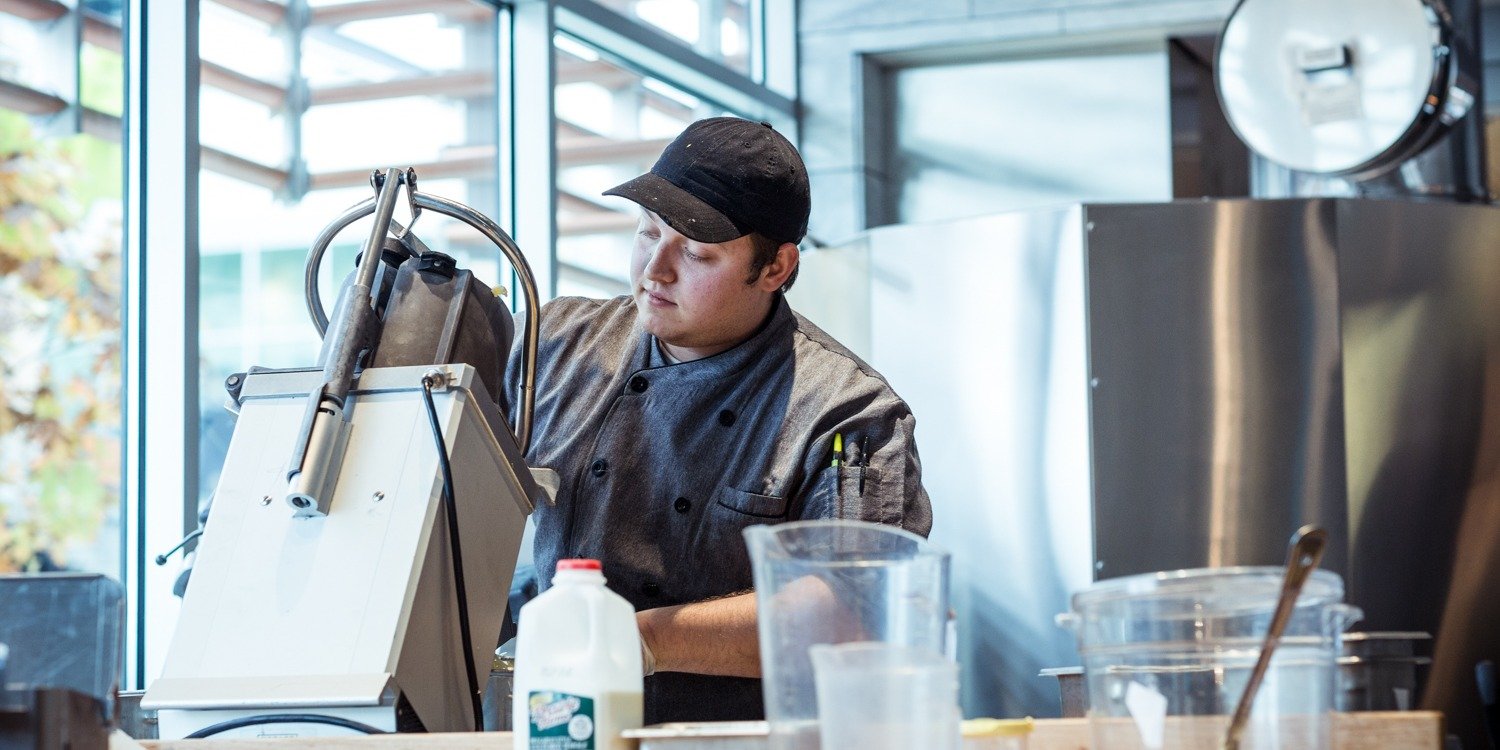

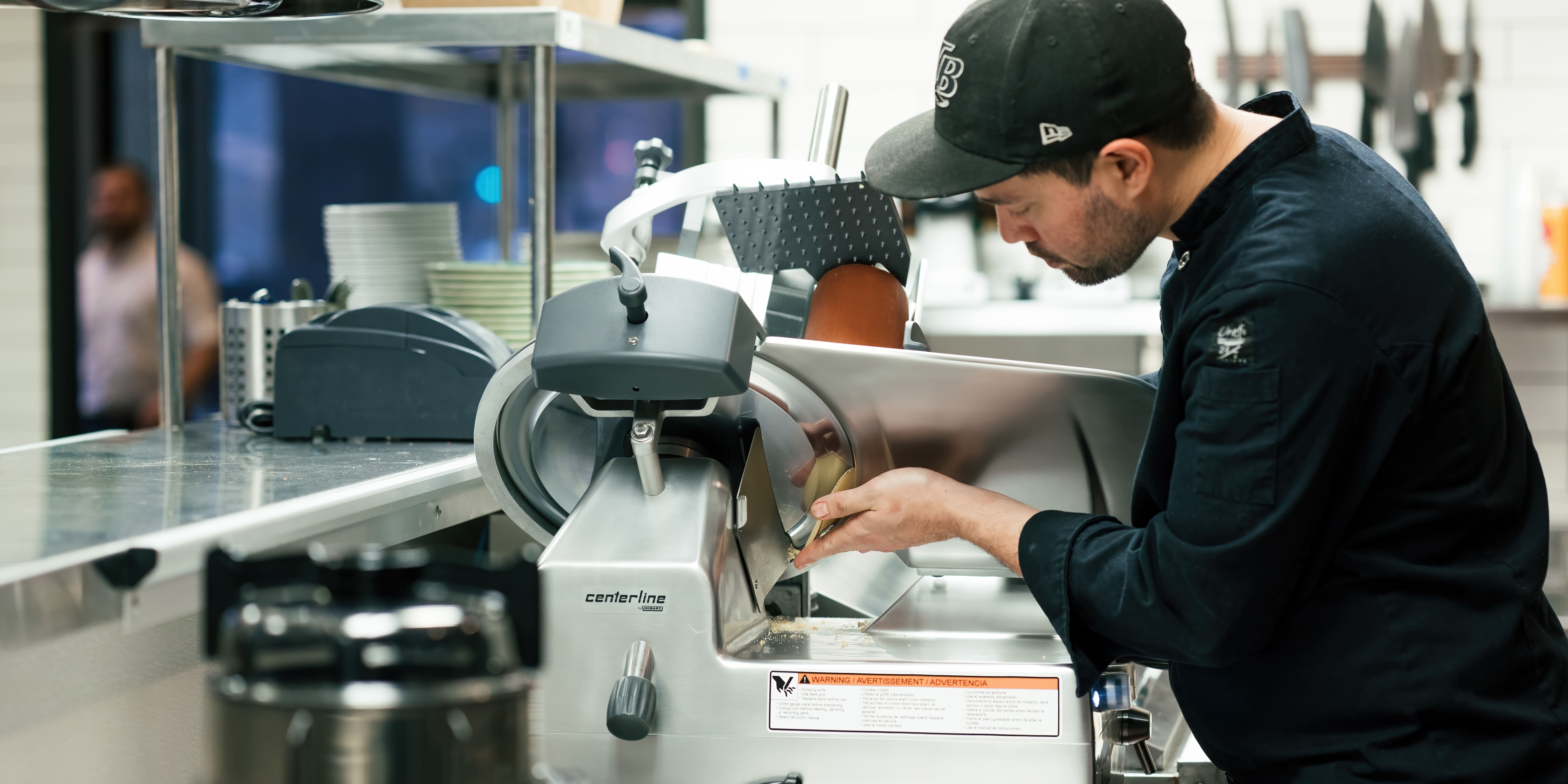
-min.jpg)
